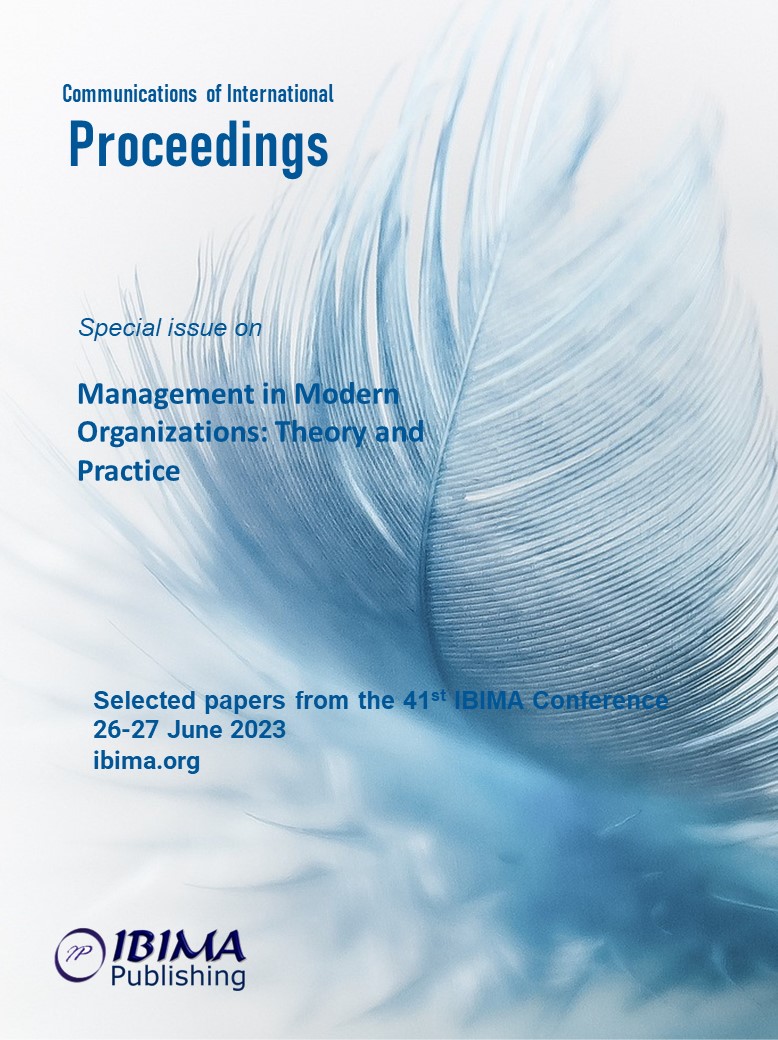
Dariusz RAŚ1, Anna PRUSAK2, Marta WOŹNIAK1 and Grzegorz SAMBOR3
1 The Pontifical University of John Paul II in Krakow, Institute of Journalism, Media and Social Communication, Poland
2 Cracow University of Economics, Institute of Quality Sciences and Product Management, Poland
3 Cracow University of Economics, Poland

According to Project Management Institute (PMI), the largest worldwide association of project managers, effective risk communication to all stakeholders is the most critical success factor for projects. The aim of the present paper is to analyze the problem of risk management and communication in cultural heritage projects. As an example, we analyze the case of one of the largest cultural heritage endeavors in the 21st century in Poland – research and conservation of the Veit Stoss Altar in Kraków, Poland. It was one of the most meaningful events of this category, recently awarded with the prestigious Europa Nostra Award in 2023. The project was carried out in the years 2015-2021 and was preceded with long-term assessment of the physical state of the object. The realization of this project was associated with enormous risks, such as financial, organizational and technological ones, which imposed a large threat to this 500-years old inherited object. The management team adopted the strategy of open communication about risks to the wide audience, which was performed via social media messages and close cooperation with local media representatives, who were regularly invited to the conservation site. In this paper the authors attempt, inter alia, to demonstrate how mass-media, and in particular local newspapers, reflected risks and risk mitigation activities surrounding this project.